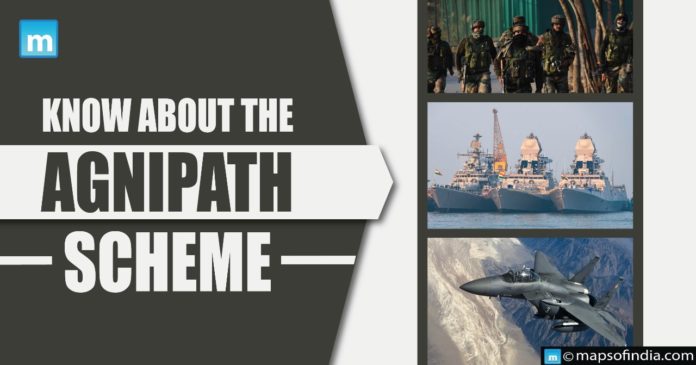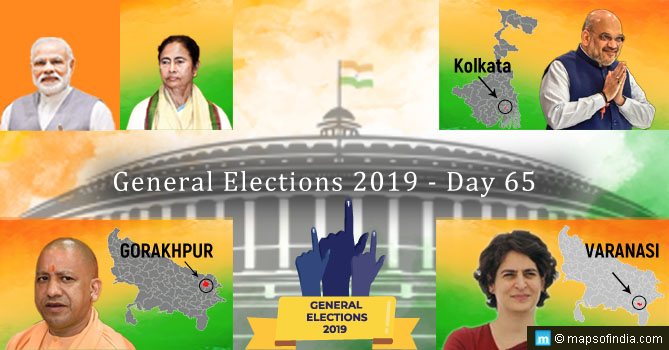What is the Agnipath scheme?
According to the new scheme, the majority will depart the military after only four years, between 45,000 and 50,000 troops (who will be known as “Agniveers”) for a finite period. Only 25% of the total annual recruits will be permitted to continue for an additional 15 years under a permanent commission.
The format of the scheme
The age range for candidates is 17.5 and 23 to be eligible to apply. Only individuals with ranks below officers may use the plan.
Recruitment
Two times a year, rallies are used for recruitment.
“All India, all class” To hire the services, recruitment would be used (from any caste, region, class or religious background). Currently, hiring uses a “regiment system” depending on caste and location.
Training period
Six months of training are followed by three and a half years of deployment.
Salary and Benefits
At the beginning of their four-year employment, recruits will receive a base wage of Rs 30,000 coupled with additional benefits that will increase it to Rs 40,000.
During this time, the government will contribute an equal monthly amount under the Seva Nidhi programme, which will set aside 30% of their pay and earn interest. Each soldier will receive a lump sum payment of Rs. 11.71 lakh after the four-year period that is tax-free.
The initial four years will not be considered for retirement benefits for the 25% of troops who are re-selected.
Here are the benefits of the scheme:
Make the military much younger and leaner: The current average age profile for India’s approximately 13 lakh strong armed forces is 32 years. By implementing this plan, it is anticipated that it will decrease by around 4-5 years.
Reduce the cost of the defence pension: Since 2020, the government has either budgeted or paid more than 3.3 lakh crores in rupees for defence pension.
The government would save more than $11.5 billion, according to Army estimates, by using this “Tour of Duty model” of recruitment for just one sepoy (the army initially proposed a 3-year service model). A young military will make it easier for them to be trained for new technology, resulting in “future-ready” soldiers.:
Enhanced employment prospects and a more highly skilled workforce: Due to their training and experience during their four years of duty, recruits also have the opportunity to find jobs outside of the military. The central government would presumably give Agniveers preference for regular work after they served for four years.
Following are the concerns regarding the scheme
Even after retirement, recruits won’t get the pension and health benefits they were promised, and the job stability and benefits already in place won’t be maintained.
Uncertainty regarding training: Six months of brief training may not be sufficient to entrust them with the same kinds of tasks as present forces.
Loyalty eroding: “All India, all class” soldier’s commitment to his unit may decline after joining the military.
Other nations’ comparable programmes
Depending on the branch of service and military requirements, tours in the USA can run anywhere between 6 and 12 months.
Conscription is the term for the practice of obligatory military service, which is used in Israel, Norway, North Korea, and Sweden.





